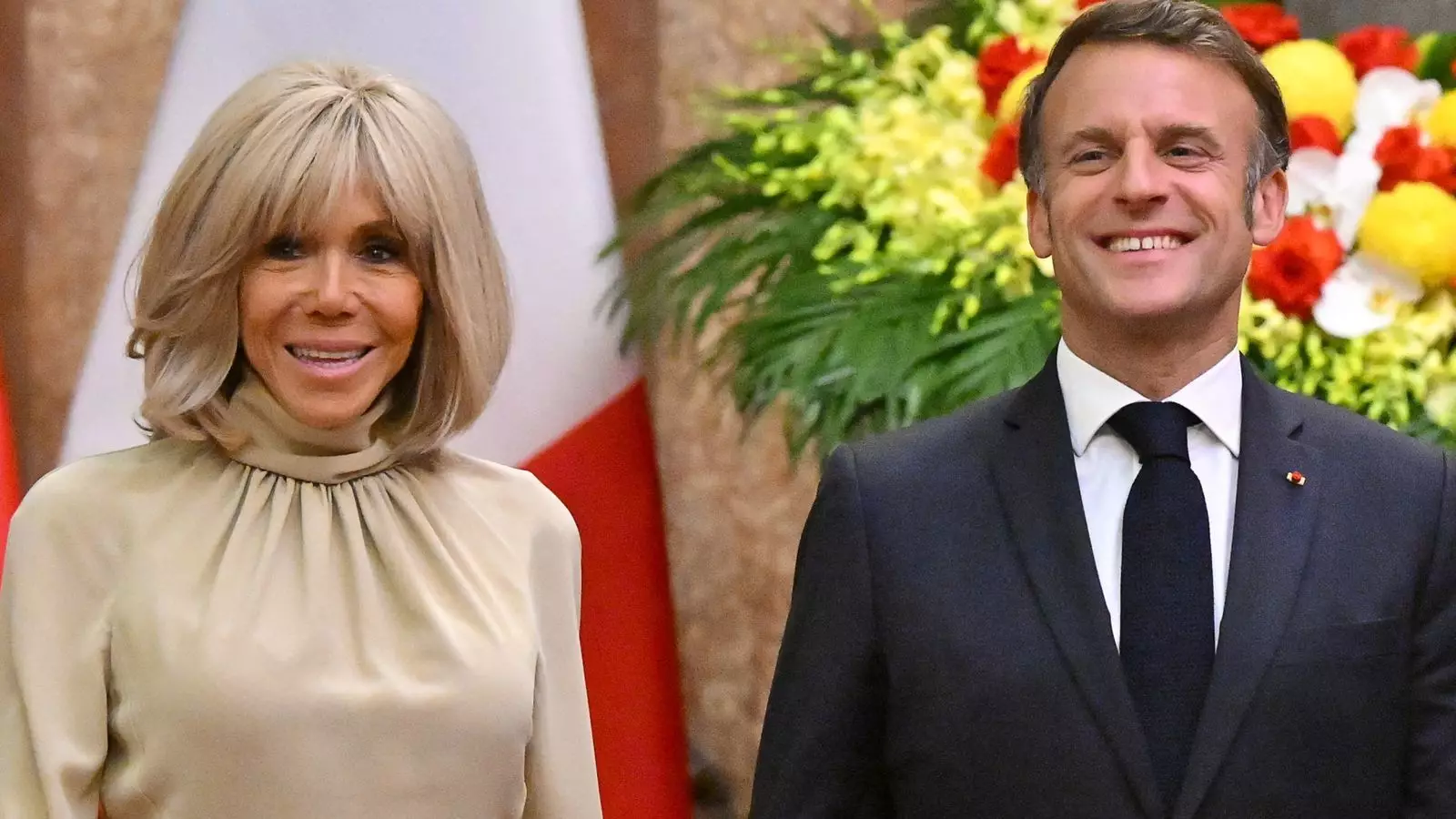In a striking departure from tradition, the upcoming French state visit is set to take place predominantly at Windsor Castle rather than the usual grandeur of Buckingham Palace. This move signals more than just logistical necessity; it reveals a subtle but powerful shift in diplomatic messaging. Traditionally, the British monarchy has been intertwined with symbolic grandeur rooted in the palace setting, but prioritizing Windsor—historically associated with royal history and a more approachable image—may indicate an effort to soften diplomatic overtures and reconnect with the public.
Choosing Windsor Castle as the stage for such a significant event challenges long-standing protocols, and it ought to be interpreted as a strategic move aimed at emphasizing accessibility, heritage, and perhaps a nuanced attempt to modernize diplomatic relations. While Buckingham Palace’s opulence certainly has its place, Windsor offers a historical intimacy, a sense of grounded monarchy that resonates with contemporary values and vulnerabilities. It sends the message that the royal family is not just an elite institution, but a living part of the national fabric, capable of hosting statesmen in a setting that feels personal and authentic.
Breaking Protocols to Highlight Personal Diplomacy
The decision of the Prince and Princess of Wales to personally meet President Macron at RAF Northolt and escort him to Windsor is emblematic of a broader shift toward personal, informal diplomacy. Traditionally, state visitors would be welcomed by senior officials or ceremonial figures; here, the royal couple takes the lead, projecting a sense of genuine warmth and personal investment. Such gestures often carry more weight than formal ceremonies, especially in an era where diplomacy is increasingly about relationship-building rather than superficial displays.
Furthermore, the meticulous planning—such as a carriage procession with Windsor’s iconic Long Walk—melds pageantry with a desire to communicate a sense of familiarity and continuity. This setting is not merely decorative; it’s designed to convey stability amidst an unpredictable geopolitical climate. The inclusion of personal touches, like the visit to Queen Elizabeth II’s tomb and the viewing of historical artifacts like the Charabanc carriage, underscores a narrative rooted in shared history and mutual respect, elevating the visit beyond mere pomp.
This approach also subtly repositions the monarchy in the realm of soft diplomatic influence. By engaging directly with visiting leaders in settings crafted to evoke shared heritage and values, the royals are stepping into a more active diplomatic role—one that’s informal yet meaningful. It’s an acknowledgment that in a fragmented world, meaningful personal connections may hold more sway than ceremonial grandeur alone.
Balanced Tradition and Modernity: A Center-Left Perspective
From a center-wing liberal perspective, this move can be seen as a necessary evolution—embracing tradition while also adapting to contemporary expectations for inclusivity and relatability. The royal family’s willingness to incorporate personal and historic elements—like visiting Queen Elizabeth II’s tomb or touring Windsor’s ecological areas—speaks to an understanding that monarchy must be more than static symbolism; it must be a living institution that aligns with modern values.
However, there remains a critical view that the monarchy’s involvement in diplomacy is fraught with inherent contradictions. Promoting national unity while being an unelected institution means that every gesture, every spotlighted visit carries weight in shaping public perception. The deliberate focus on Windsor, a site of immense history and symbolism, serves to reinforce legitimacy—not necessarily in the democratic sense, but through shared cultural identity. This is somewhat reassuring, as it implies that even amidst political change and global upheavals, tradition still offers a foundation upon which to build resilient diplomatic ties.
At the same time, the visit’s emphasis on personal touches raises questions about the monarchy’s evolving role in international diplomacy. While soft power is undoubtedly a tool in navigating global relations, relying too heavily on nostalgic symbolism and historic artifacts might risk becoming a façade of relevance. Yet, it also offers an opportunity: by blending heritage with practical engagement—such as the upcoming UK-France summit—the monarchy can serve as a bridge that balances respect for history with the needs of contemporary geopolitics.
A Framework for Future Diplomatic Encounters
The upcoming Macron visit, with its innovative setting and personalized diplomacy, could serve as a template for future state visits, including high-profile figures like the U.S. president. The emphasis on authenticity, historical context, and personal connection marks a potential turning point in how diplomatic visits are conceptualized—less about spectacle and more about substantive relationship-building.
This strategy aligns with a center-liberal approach that seeks to humanize diplomacy without sacrificing strategic interests. By foregrounding shared history, ecological initiatives, and personal engagement, the monarchy can bolster the UK’s international image as a pragmatic yet warm-hearted nation. While critics may argue that this approach risks blurring the lines between tradition and spectacle, the reality is that in an era of rapid global change, adaptability—fueled by appreciation of a nation’s cultural and historical assets—may be the most powerful tool at the UK’s disposal.
In essence, Windsor’s new role in hosting this significant diplomatic event underscores a quiet but decisive evolution. It underscores a country willing to stake its diplomatic future on a blend of tradition, innovation, and genuine personal rapport—an approach that, if carefully managed, holds promise for a more nuanced, resilient international presence.


Leave a Reply